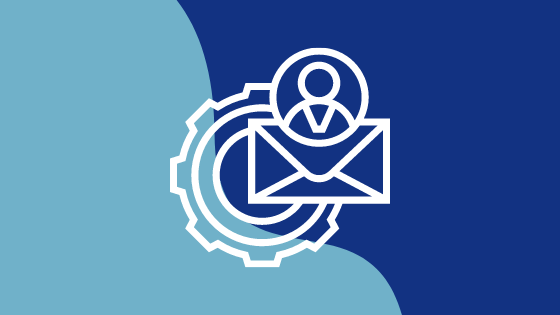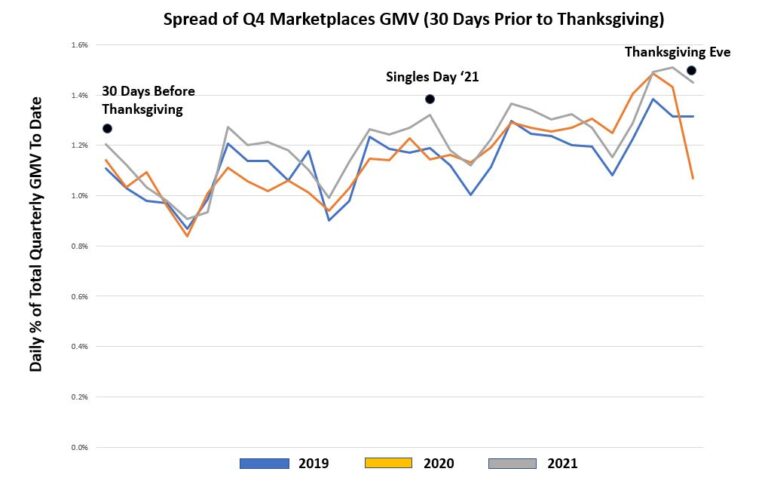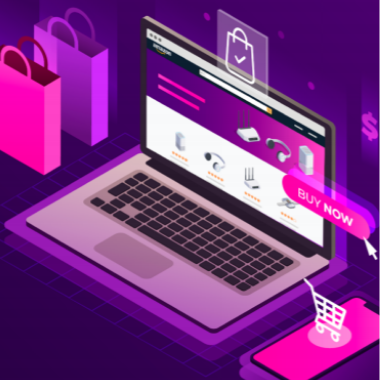Inbound marketing for ecommerce is a fancy term for a relatively simple concept: getting shoppers to come to you. Like many things ecommerce, this concept is ever evolving alongside technology.
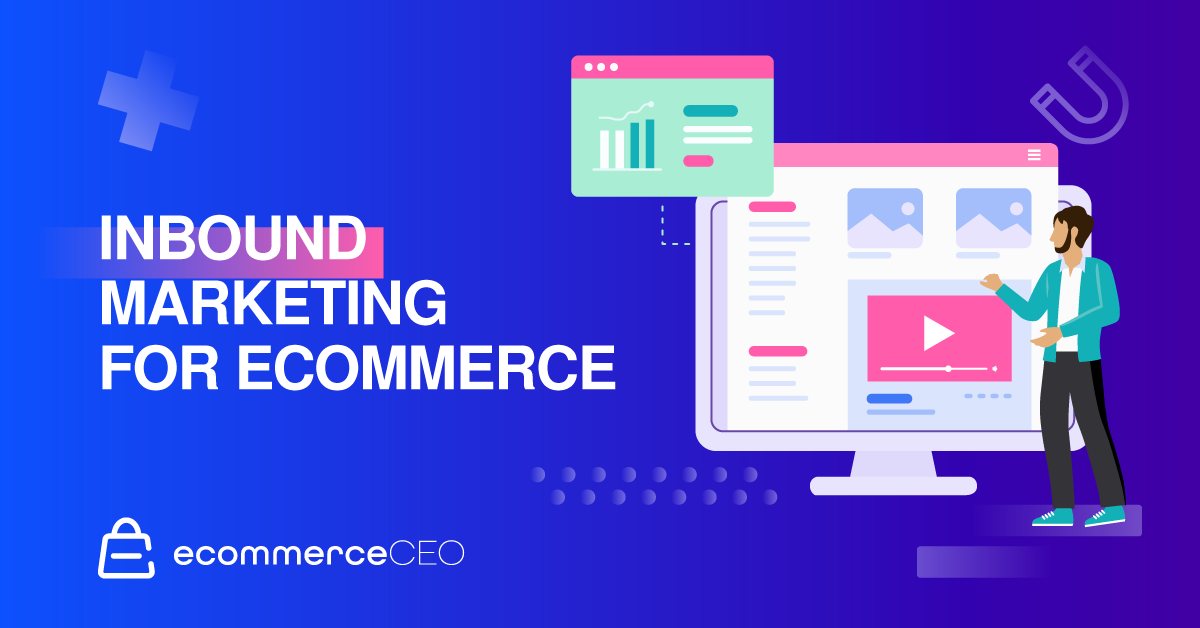
For example, not many years ago, no one foresaw businesses using social media as a way to connect with consumers and promote their products. Today it is virtually a necessity.
In this article, we will break down inbound marketing into segments and offer tactics you can use to achieve each of those objectives.
The Basics of Inbound Marketing
You may have heard of a sales funnel or the flywheel model. These are similar ideas for explaining and visualizing the inbound methodology. Below are the basic stages of inbound marketing: from your first interaction with a customer to their first purchase, to retaining them for future purchases.
Attract
The attraction phase is the first step of inbound marketing which involves introducing potential customers to your brand, products, and specific sales or events. Many tactics for improving brand visibility and getting customers to your site can all work independently toward the same objective.
For example, well-optimized content marketing will help drive search traffic to your site, while building a social media presence gives your target audience a different avenue to find you (and, in cases like Instagram, shop directly with you).
Convert
Next comes the conversion phase, where you transform those you attracted in the first phase from curious onlookers to actual shoppers. Again, this step is multi-faceted with different tactics you employ, though your inbound marketing efforts tend to be more concerted at this stage.
For example, having professional, high-quality web pages with previous customer reviews and testimonials will help build trust with new website visitors, so they feel comfortable ordering from you. Similarly, well-designed product pages with thorough descriptions and authentic product images will make more online shoppers want to buy.
Close
Once you have new traffic on your site browsing products and thinking about making a purchase, it is time to close the deal and convince them to punch in their credit card number. At this point, the marketing funnel is getting narrow, so the tactics are fewer and more focused.
For example, having salespeople and customer service available through live chat allows shoppers to get immediate answers to questions or concerns they may have about your products and policies. Likewise, promo codes and discounts will motivate many to take the leap in order to take advantage of a special offer. Generous return policies and warranties can also be vital for eliminating doubts for new customers and pushing them along the buying process.
Delight
You did it! Your inbound marketing strategy attracted users to your ecommerce site and converted them into customers who closed their first order. But you aren’t done yet!
In the modern business landscape, where companies are constantly in contact with consumers, it isn’t enough to close one deal and let go of the reins. Customer retention is easier than customer acquisition, so you need to follow up after closing deals to keep those shoppers coming back! Delight your first-time and loyal customers with additional value, exclusive offers, and an effortless customer experience, so they have no reason to go elsewhere.
Why Your Ecommerce Store Needs Inbound Marketing
Inbound marketing may seem more passive than paid and outbound marketing, but that is actually a benefit. Why waste time and money hunting down customers or paying for ads to reach them when you can get them to come to you?
Inbound marketing tends to have higher ROI than other types of digital marketing, making it an efficient use of resources. Inbound marketing is also a long-term investment, since creating valuable content and boosting SEO will pay dividends over time. It is best to invest in an inbound marketing strategy earlier, then supplement with outbound and paid marketing, not the other way around.
Inbound marketing also has a lot of beneficial side effects, like enhancing your brand authority by hosting high-quality content on your website or building a social media presence to reach new customers in your target demographics. Many inbound marketing tactics are also “free” (as in, they don’t really cost more than your time), which makes them budget-friendly, a big benefit for startups especially.
The Difference Between Inbound vs. Outbound Marketing
Inbound marketing focuses on getting the customer to come to you. Outbound marketing is the act of seeking out customers, usually through ecommerce advertising.
In other words, outbound marketing includes more traditional methods like cold calling and mail adverts. In these cases, you are actively hunting down leads and customers, not waiting for them to come to you.
Inbound marketing takes an “if we build it, they will come” approach. By creating accessible and valuable content, building a social media presence, and improving search engine rankings, you give prospective customers interested in your niche a reason to seek you out.
Inbound Marketing Strategies to Boost Growth
There are many different tactics you can use for inbound marketing, all of which work toward the same goal. Some options may synergize better than others, but a good strategy is to start with whichever you find most approachable and work through the list according to your needs and the effectiveness of each method for meeting business goals. Here are the core strategies for inbound marketing.
1. Create Original Content
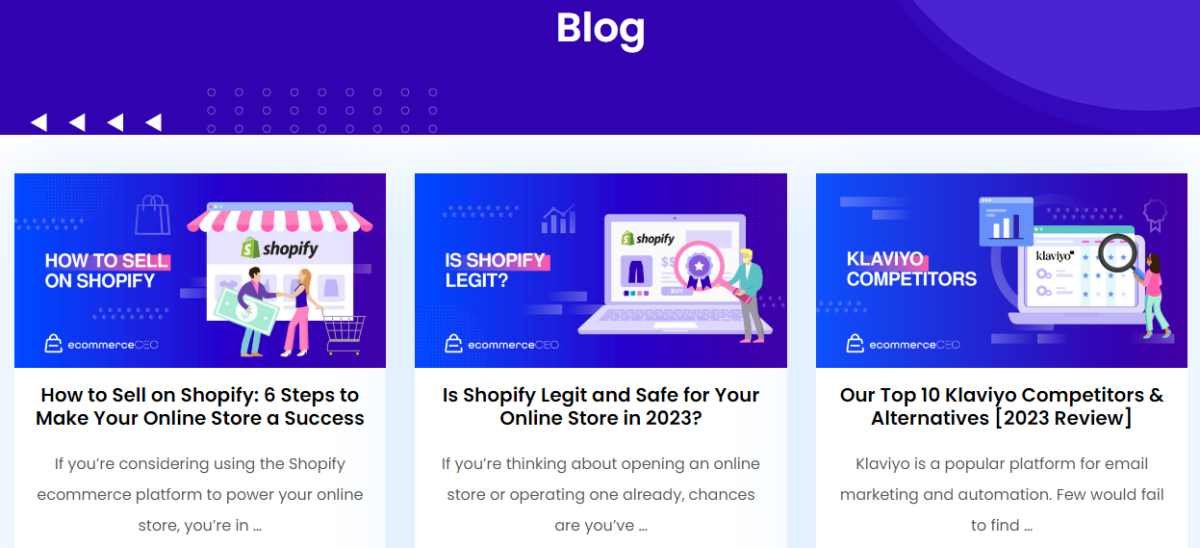
At the heart of inbound marketing is a solid content strategy that provides value to your target customers. All efforts of driving traffic to your site mean little if, once your target audience lands there, the offerings aren’t enough to keep them around. Developing high-quality, original content gives potential shoppers a reason to come to your website while also boosting your SEO and establishing your authority in the market.
2. Optimize Your Site for Organic Search
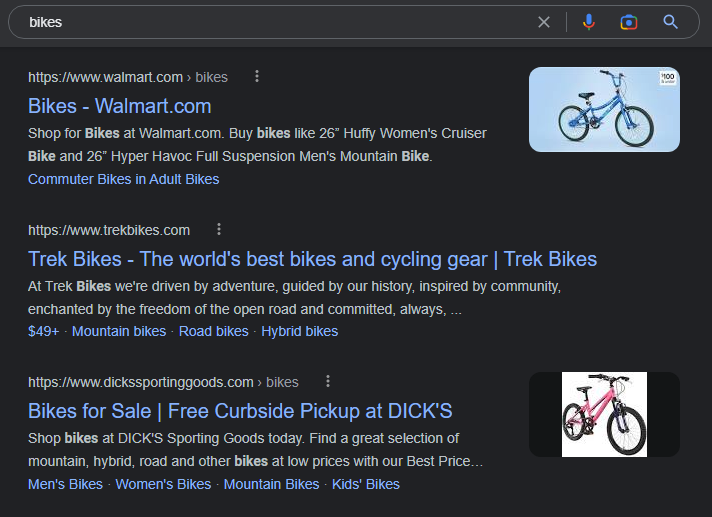
SEO is an important next step since your high-quality content isn’t helping anyone if they can’t find it. Organic traffic is the kind that comes from search engines and web browsing, rather than paid ads. SEO is one of the main focuses of inbound marketing, guiding interested search users to your website. Search engine optimization is its own branch of study entirely, but you can approach it much like inbound marketing: start with what is accessible and likely to give you results first.
3. Build Your Social Media Presence
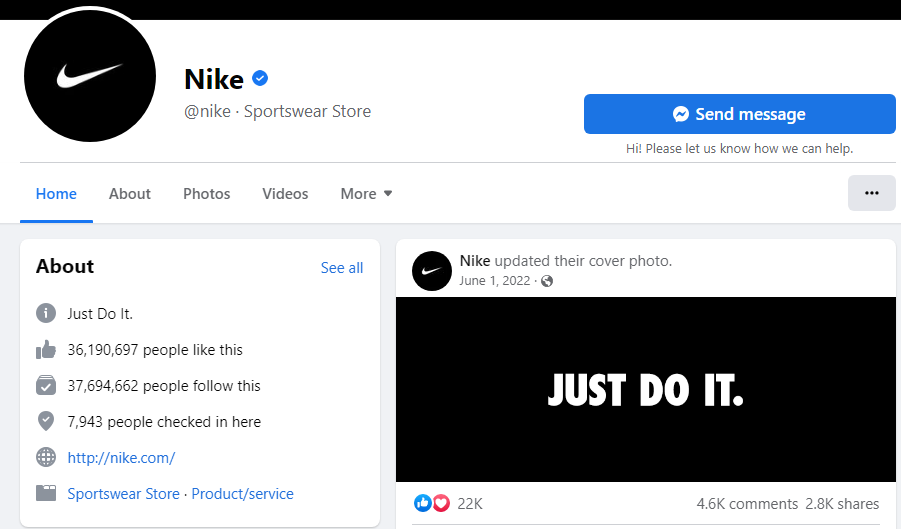
Social networks are another major component of modern inbound marketing. The boundaries between Google, social media, and ecommerce websites are beginning to blur into a more seamless online shopping experience. Having a social media presence on multiple platforms allows you to reach out to your audience where they spend most of their time and dramatically increases brand visibility.
4. Provide Various Multimedia Offerings
Along with the idea of the greater internet ecosystem, different types of media are becoming more accessible on all platforms. Text, images, GIFs, short-form videos, long-form videos, and audio-only mediums like podcasts are all at everyone’s fingertips. In fact, many social platforms aggregate different content types differently, allowing you to reach brand-new audiences with other formats.
5. Request Back Links and Affiliate Links
An effective linking strategy can increase website traffic in several ways. Links from credible sources not only send users directly to your website but actually improve the credibility of your site in search engine algorithms. Backlinks are their own marketing branch entirely, while an affiliate program is a tried-and-true strategy for boosting online sales and product exposure.
6. Create a Newsletter
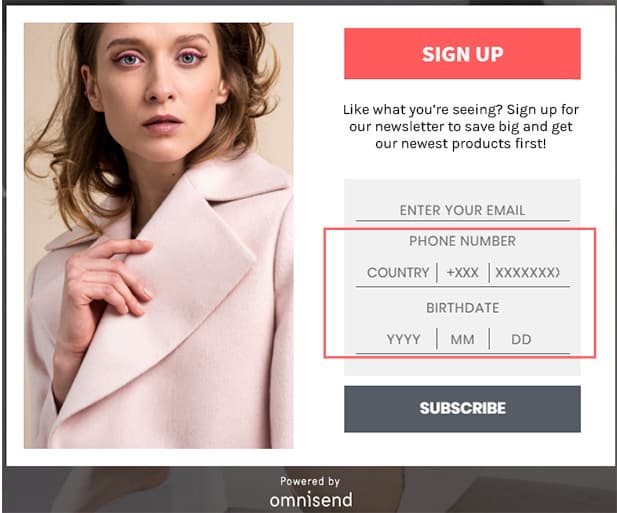
Digital newsletters are as old as the idea of email marketing itself. They are a proven method for staying in touch with your customers, keeping them informed of happenings at your company, and promoting new products and sales. Email newsletters are just one more way to provide value to your audience and beckon them back to your online store.
7. Try Networking and Cross-Promoting
As a business owner, you know not to underestimate the power of networking. Knowing the right people can make or break business deals, as well as present new opportunities. The same goes for your ecommerce marketing strategy. Teaming up with other ecommerce retailers, influencers, and even ideal customers can create mutually beneficial situations for promoting each others’ endeavors or just meeting new people and audiences to introduce to your business. Influencer marketing is a great example of this.
8. Implement a Live Chat
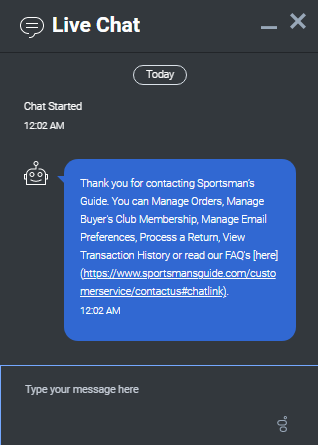
Like having enticing, original content, live chat is a useful marketing tool for customer conversion rates and retention. Once your inbound marketing strategy has attracted potential buyers to your storefront, it is essential to deliver quality service and a good user experience. Being able to immediately answer questions or dispel concerns through live chat (or even chatbots) has been shown to significantly impact conversion metrics and lifetime customer value.
9. Use Forms
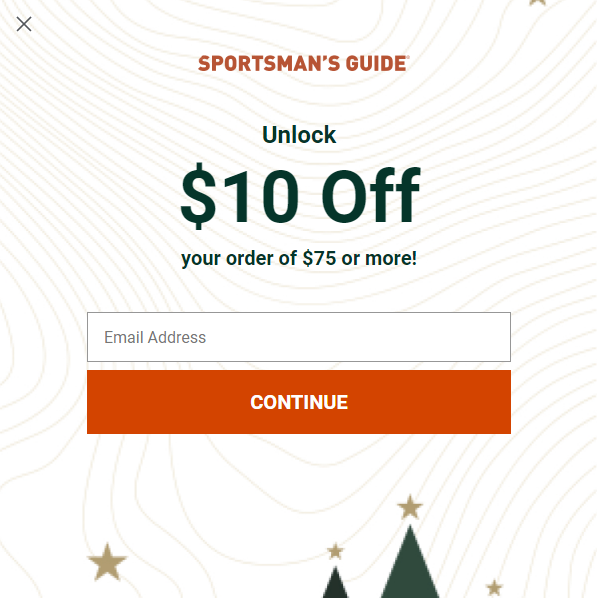
Strategically placed form pop-ups are vital for growing an email list and collecting leads. Forms can be used in many creative ways to help your business grow, but the lead acquisition is the pinnacle of this tactic as it fuels many other inbound marketing strategies. You can use forms to collect customer information, create surveys to improve your process, or even ask for product reviews.
10. Get Reviews
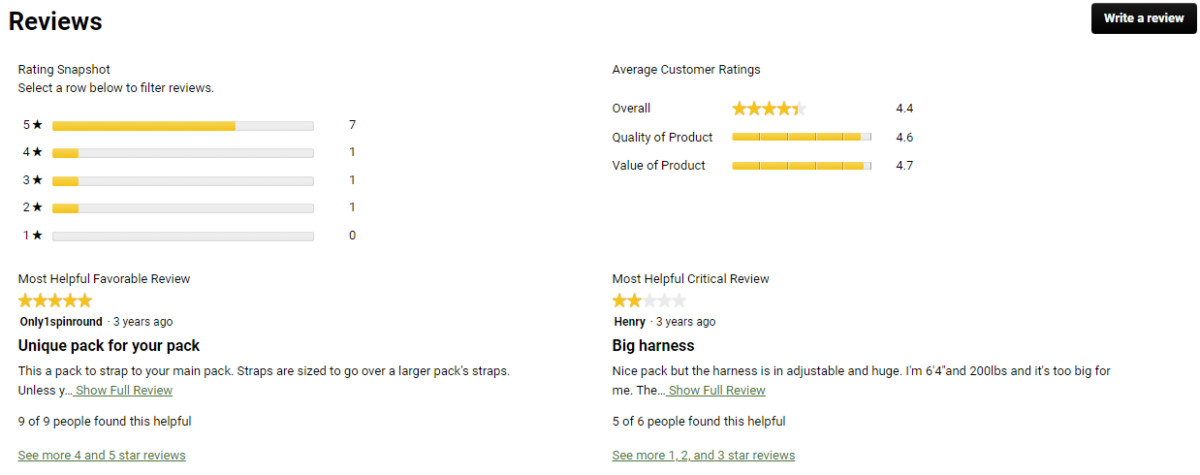
Reviews are helpful in several ways. For starters, they provide you with valuable insight into what your business is going well and stands to improve, limited not just to your inbound strategy. In addition, reviews are a kind of user-generated content that can be leveraged for SEO and as social proof of customer satisfaction. Make it easy for current customers to leave reviews!
11. Offer a Loyalty Program
Loyalty programs are important for customer retention and often also attraction. Loyal customers are extremely valuable to growing businesses as both a source of sales and word-of-mouth marketing. Couple a loyalty program that provides incentives to repeat customers with a referral program for a supplemental inbound marketing boost and higher average order values.
12. Set Up Shopping Cart Abandonment Emails
Abandoned cart emails are an effective way to close a sale after attracting and converting leads. There are many reasons why an almost-customer might not finish the checkout process, and sometimes all they need is a little nudge or reminder to close the deal. Most marketing automation software allows you to automate emails using triggers such as abandoned carts. Spending a little time setting up one of these systems could lead to many sales down the road that would otherwise be lost.
13. Optimize Your Catalogs
Catalogs are another old-school way to bring shoppers back to your website. Whether you have a digital or physical catalog, optimizing it so that it is easy to find what you are looking for and promoting the best products and prices will motivate your audience to come shop. Consider sharing industry news, highlighting new products, and offering coupons to provide value in your catalog.
14. Create User-Generated Content (UGC)
Taking advantage of user-generated content has a number of benefits. For starters, since users are generating at least the core of this content, it is easier than creating your own content from scratch. Additionally, your users will enjoy seeing their contributions used to promote your website, making this a fun way to connect with your target audience and build loyalty.
15. Implement a Paid Media Strategy
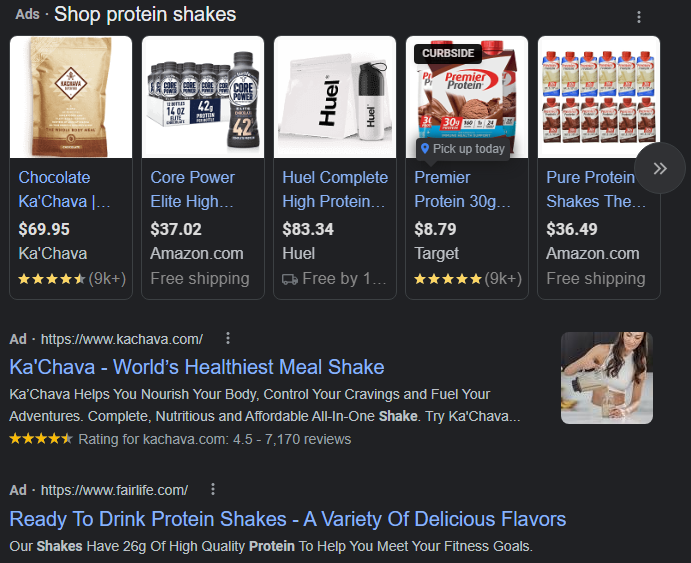
While paid marketing isn’t traditionally a facet of inbound marketing, paid media used in conjunction with unpaid tactics often boosts the success of both. For example, paid search engine listings and social media advertising perform much like their unpaid counterparts; you’re just taking a shortcut versus earning these spots organically. Similarly, other types of paid ads can improve brand visibility, increasing direct traffic and organic traffic through small search volume bumps.
FAQs
Begin Inbound Marketing for Ecommerce Today
An inbound marketing campaign can do wonders for your ecommerce business. You probably already employ some of the tactics on this list, even if you weren’t focused on inbound marketing, but there are certainly others you can add or optimize to further boost your success.
If you want to learn more about inbound marketing, outbound marketing, or other aspects of running a successful ecommerce company, Ecommerce CEO is full of helpful articles like this one. We also have experts ready to answer your burning questions or offer guidance on improving your website or business model.
Like many things in the ecommerce world, inbound marketing is an ongoing process. You will probably never be “done” finding new ways to drive traffic to your website. Start implementing and optimizing the above tactics to strengthen inbound marketing for ecommerce, and if you feel like you’ve plateaued, give us a shout!



